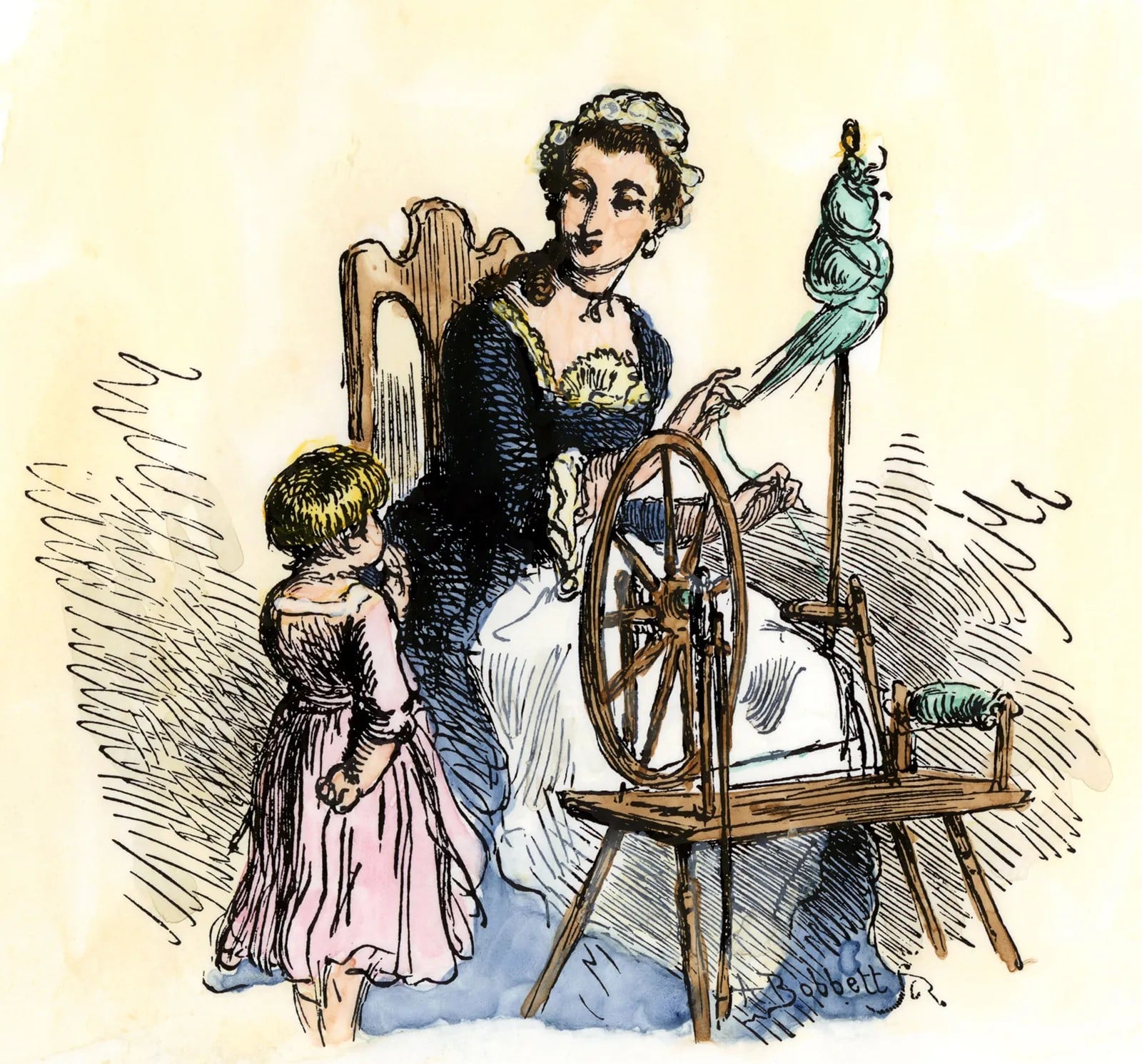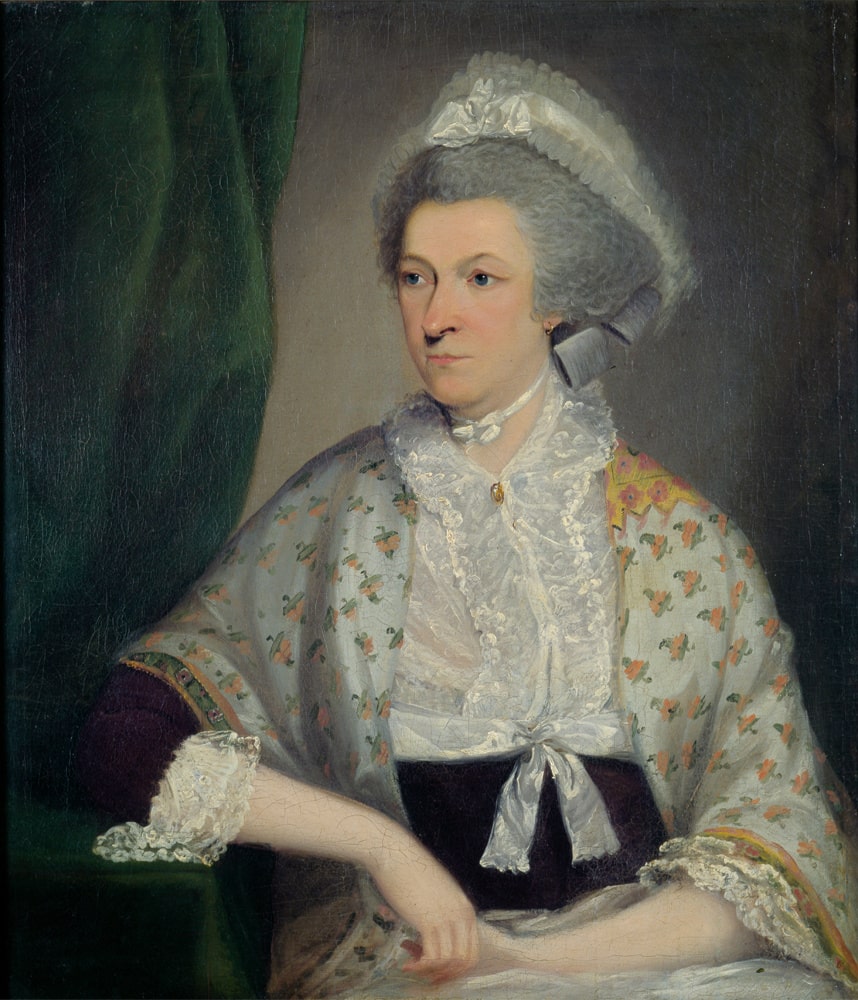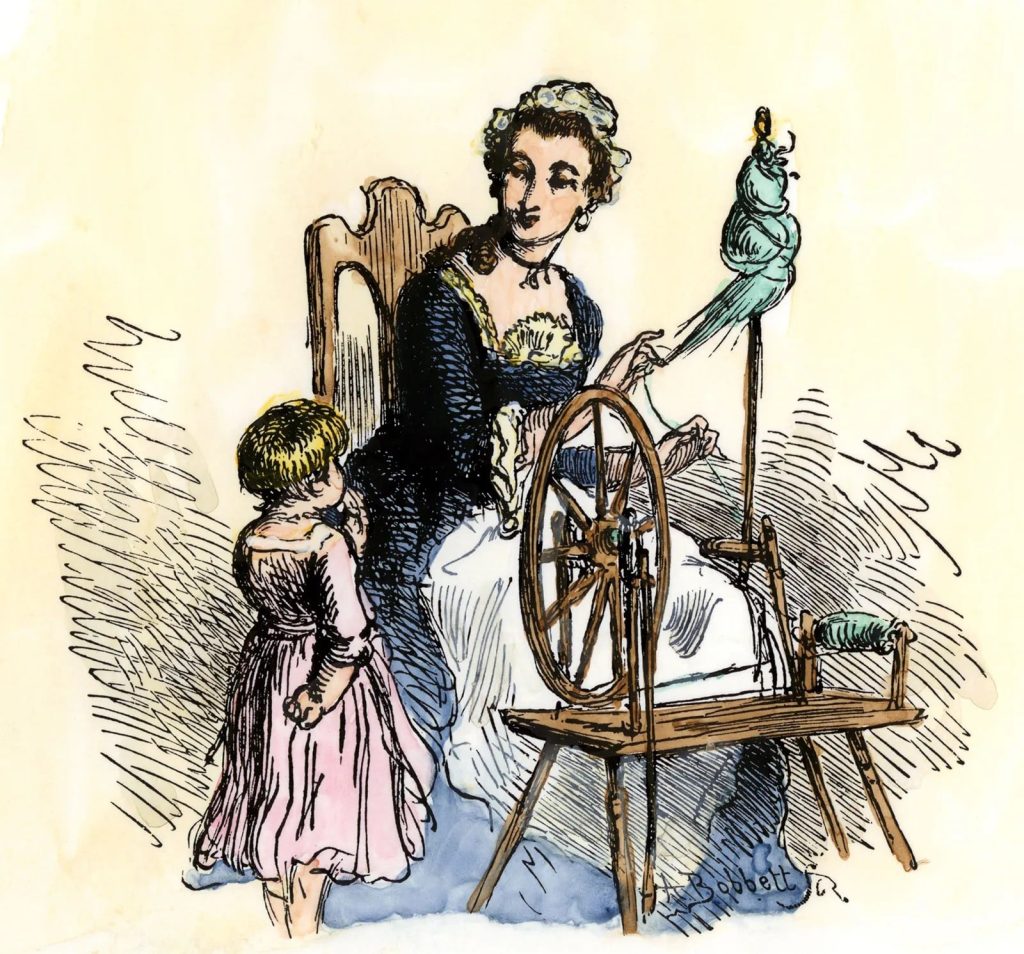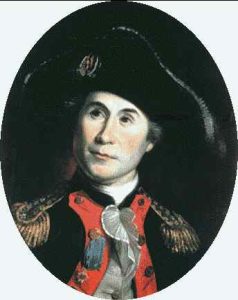Contents

Contents
The Daughters of Liberty was a group of Patriot women that helped promote resistance to British oppression in the lead-up to the American Revolution.
Who they were
The Daughters of Liberty were an underground Patriot women’s group, with the same overarching goals and ideals as the Sons of Liberty.
Formed in the summer of 1765, after the passing of their Stamp Act, their mission was to promote Patriot ideals and resistance against British overreach, and to help the colonies become more independent from British trade.
Daughters of Liberty members were mostly homemakers, as women were generally prohibited from having jobs in the Thirteen Colonies. However, some worked occasionally as laundresses or seamstresses.
Notable members of the Daughters of Liberty included Abigail Adams, Mercy Otis Warren, and Deborah Sampson.

Similar to the Sons of Liberty, inclusion in the women’s organization was loosely defined, and there were many unofficial members. Although they may not have officially enrolled in the organization, many women from different social classes contributed to the cause of the Daughters of Liberty.
What they did
While the Sons of Liberty organized protests and violent opposition towards the British government and its customs officers, the Daughters of Liberty helped to support the resistance effort more broadly, using nonviolent means.
For example, they made clothing for the colonists, spinning and weaving homemade garments, to support boycotts of British goods. They organized spinning bees, where women would come together to make garments in bulk, to alleviate shortages.
After the Tea Act was passed in 1773, members helped to manufacture tea substitutes using locally-grown raspberry leaves, and other plants.
The Daughters of Liberty also played a broader role in boycotting British goods, as many members were housewives, in charge of household purchases. Their actions in boycotting these products ultimately helped put pressure on the British government to repeal laws like the Stamp Act and the Townshend Acts.
During the Boston Tea Party, Daughters of Liberty members played a more direct role in helping support the Sons of Liberty, and planning what was to take place.
Sarah Bradlee Fulton is credited with coming up with the idea for the men to disguise themselves as Native Americans, to create confusion among British ranks about who was responsible for the dumping of tea into Boston Harbor. Another member, Elizabeth Nichols Dyar, applied the men’s face paint as a part of the disguise.
After the Revolutionary War started, Daughters of Liberty members kept up their work, but shifted their focus towards supporting local militias and the Continental Army. For example, women made outfits for soldiers, cleaned their uniforms, worked as nurses, and took over jobs after their husbands left to fight, such as farming, and running the family business.
Interesting facts
- As well as the broader Daughters of Liberty, there were numerous local women’s groups in different colonies, who helped support the Patriot cause, including during the war. For example, the Ladies of Philadelphia was a small, local organization that raised money for the Continental Army.
- While they did not directly organize public protests, many Daughters of Liberty members participated in demonstrations against British acts of overreach, and Sarah Bradlee Fulton is credited with helping to organize protests against the Tea Act in Boston.
- One Daughters of Liberty member, Deborah Sampson, later disguised herself as a man in order to fight on the frontlines for the Continental Army.



